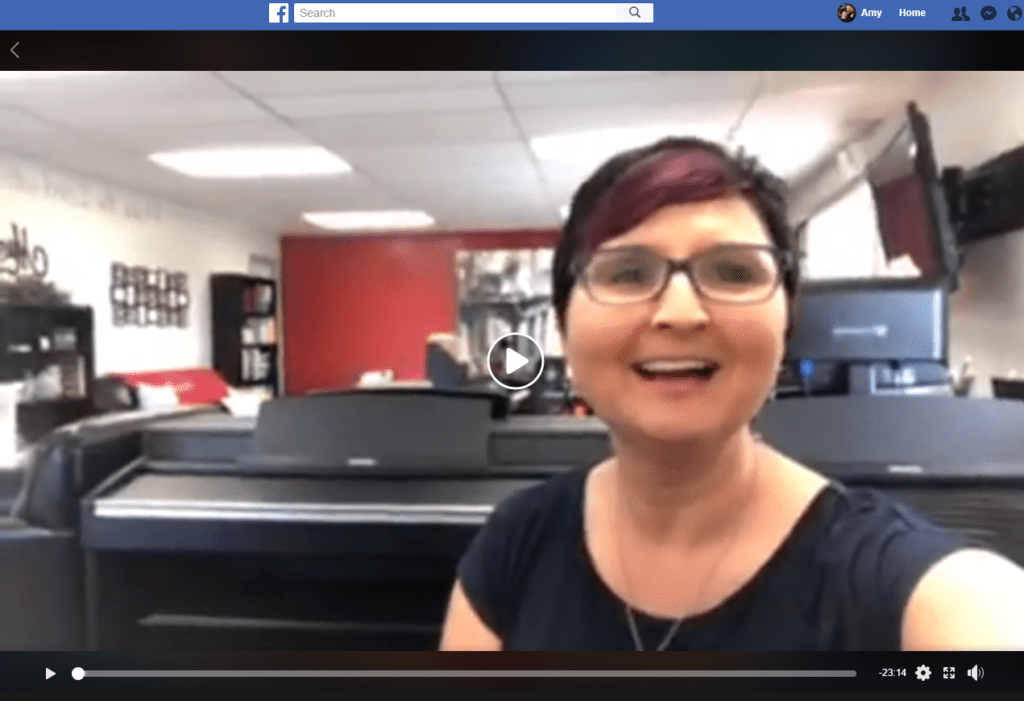As we near the end of the school term, this is the time our attention begins to turn not only toward end-of-year recitals and performances but also wrapping up and reflecting on the past school year.
Being that individual instrument study is often a long-term commitment, taking the time to reflect is an important part of the process.
There are two parts I would encourage you to include in your end-of-term reflection.
The first is an evaluation/progress report from you (the teacher) to the student. (Check out this post for more details.)
The second (and the topic of this post) is a survey/questionnaire from parents and students.
This post will cover the type of content and specific questions you should consider asking and various ways to execute and deliver these questionnaires. You’ll also get access to a free download which includes both student and parent questionnaires I’ve used in the past.
Content
When crafting the content of these questionnaires, keep in mind that this form can facilitate multiple avenues of reflection/feedback including (but not exhaustively limited to):
- Our teaching (and business!)
- Parental engagement and overall satisfaction
- Student progress and overall satisfaction within the studio/community
With this in mind, I would encourage you to have two separate questionnaires – one for parents, and one for students. Not only are they viewing lessons from completely different roles/perspectives, but they may not always share opinions. If you prefer (understandably) to keep it to one form, at least be specific in who you are asking the question of.
While it would be wonderful to create a form and use the same one year after year, I have found that as my studio changes and evolves, so do these questionnaires.
For example, when I was first building my business, I asked lots of questions regarding studio communication and quality. The next year I was more interested in whether or not they felt they were getting enough outside opportunities. Every year is a little different.
This is also a great time to feel out potential new ideas. Considering moving your group classes to Saturdays instead of a weeknight? Poll your families!
Lastly, don’t forget that while you have them, you may ask for a formal testimony that can be used on your studio website or on social media.
Means of Delivery
There are multiple ways you can go through this process and, like the questions, these can change (and perhaps should) and evolve from year to year.
For the first seven years of my studio, I emailed a PDF so they could download and print the form, fill it out, and bring it to their evaluation meeting.
My second evolution was to create an online form directly on my studio’s WordPress site.
Most recently (and currently), I’ve moved into using Google Forms.
No matter what format you use, be sure and give a clear deadline – such as prior to the student’s last lesson.
Get the Free Questionnaires Download
Most of the forms I’ve created over the years include general questions that could be universal to any music studio as well as specifics regarding my own teaching and studio.
In these two free downloads, I removed any questions that related directly to my own studio so you could potentially use them for your own studio. Alternatively, you can do like I did with Natalie’s and use it as a starting point for creating your own!
*By submitting this form, you acknowledge that you’re signing up for my email list and agree to receive regular communication (generally once a week).
What do your year-end parent/student questionnaires look like?
Share your ideas in the comments!





